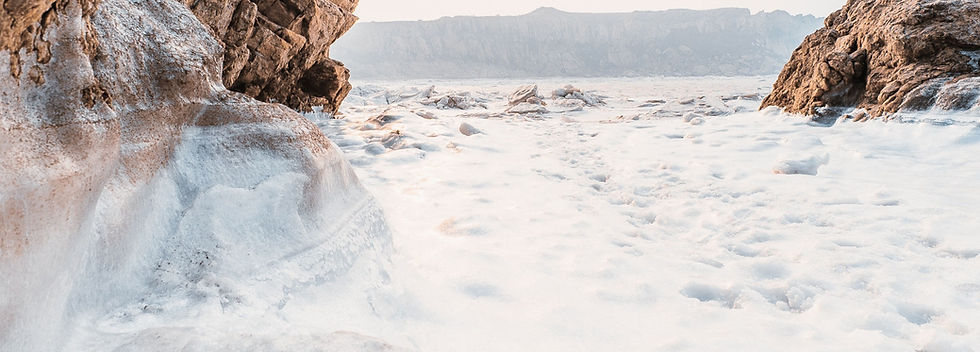
History
The Full Story
Traditional Karate, as we know it today, finds its origin on the island of Okinawa which lies approximately 300 miles southeast of Japan in the East China Sea. Okinawa is the largest island of the group know as the Ryukyu Islands which extend from the southern tip of Japan to Taiwan. Extensive trade between Okinawa and mainland China over centuries dating before the 12th century brought many aspects of Chinese culture to these tiny islands including exposure to various styles of the ancient Chinese boxing arts. Exposure to these arts were most prominent in the southern villages of Shuri, Naha and Tomari (not shown on the map but located just north of Shuri) as these were essentially the ports of entry for the Chinese merchants.
From its onset, Okinawa Te or Tode, the precursors of Karate, was developed and used primarily by the Samurai or ‘Bushi’ class of Okinawa as a means of self-defense and law enforcement. This was due to the fact that the samurai warriors served as guards for the emperor and police for the communities.
In its early history, Okinawa was split into three independent kingdoms (Chuzan, Nanzan and Hokuzan) each struggling for dominance over the other two. It wasn’t until the 15th Century that Okinawa was finally united under King Sho Hashi whereby a peaceful, non-military government was established. To this end, in the year 1507, the King issued an edict banning the possession of weapons by the general populace. Later in 1609, after the invasion and occupation of Okinawa by the Satsuma clan of Japan (an unruly band of outlaws exiled from Japan to Okinawa), a second ban on weapons was imposed on the people of Okinawa this time with all military weapons being confiscated. Since that time and until the Meiji Restoration in 1868, Okinawans were forbidden to carry weapons or practice any sort of military training in the open. Training in Okinawa Te was conducted secretly with information shared with only a few loyal and discrete students, in many cases only passed down from a father to his eldest son.
After the Meiji Restoration when the need for concealment no longer existed, Karate slowly began to emerge. By the early 20th Century, Karate had become part of the Okinawan school system and was gaining popularity as a result of numerous demonstrations. During one such demonstration, the Crown Prince of Japan was in attendance and was so intrigued by this new art that he requested a demonstration on mainland Japan. And so, various Okinawans began traveling to mainland Japan beginning around 1917 and into the 1920’s to demonstrate their ‘Okinawa Te’. Karate became immediately popular in Japan and many of the Okinawa demonstrators were asked to stay and teach Karate to the people of Japan. During and after WWII, the soldiers of the United States who toured Japan also became exposed to Karate and by the 1950’s Karate had found its way to the Americas. Today, although modernized by many changes that occurred from its Japanese influence, Karate has spread world wide.
Much of modern day Karate can be traced back through one of two renowned Okinawans, Itosu, Yasutsune (1830-1915) and Higashionna (Higaonna), Kanryo (1845-1915). Itosu and Higaonna are widely recognized as the founders of the two main lines of Karate, Shuri-Te (Shorin Ryu) and Naha-Te (Shorei Ryu), respectively (see simplified lineage chart on page 4a). Itosu was a short stocky man and his style of Karate was prominently linear in motion, performed with a great deal of power and speed. Itosu had many students and is known for introducing Karate into the Okinawan school system as an essential part of the educational curriculum in the early 1900’s. One of Itosu’s leading students was Funakoshi, Gichen who became known as ‘The Father of Modern Karate’ as he is widely recognized as the emissary of Karate from Okinawa to mainland Japan. The Karate of Funakoshi became known as Shotokan. One of Funakoshi’s students, Otsuka, Hironori, a noted expert in the Shindo Yoshin Ryu Jujitsu of Japan, later broke away from Funakoshi and developed his own style known today as Wado Ryu.
Higaonna, in contrast to Itosu, was a much taller and lankier man and his Karate was profoundly influenced by his study of the Chinese boxing arts during lengthy stays on mainland China. As such, the Karate of Higaonna is circular in nature, both in foot motion and hand technique. Many of the movements of Higaonna’s Karate are deflective and appear softer than the movements of Itosu’s Karate and often are augmented by intense breathing. Higaonna’s most prolific student was Miyagi, Chojun. Miyagi was one of only a few able to withstand the strenuous training regimen of Higaonna and eventually became a leading authority on Higaonna’s Karate. After the death of Higaonna in 1915, Miyagi’s Karate became known as (Okinawan) Goju Ryu. Yamaguchi, Gogen, a mainland Japanese later traveled to Okinawa to study Miyagi’s Goju Ryu, eventually established his own version of Miyagi’s Karate back on Japan. Yamaguchi’s Karate is referred to as ‘Japanese’ Goju Ryu (although based on Miyagi’s Goju Ryu, should not be confused with Okinawan Goju Ryu, the legacy of Miyagi).
Although many students trained under more than one of the old masters of Te, only a few were able to master more than one style. Mabuni, Kenwa was one of the exceptional few. Mabuni was able to train in both the Karate of Itosu and that of Higashionna and in time systematized the combination of Itosu’s Shuri-Te and Higaonna’s Naha-Te into a style of Karate that is known as Shito Ryu.